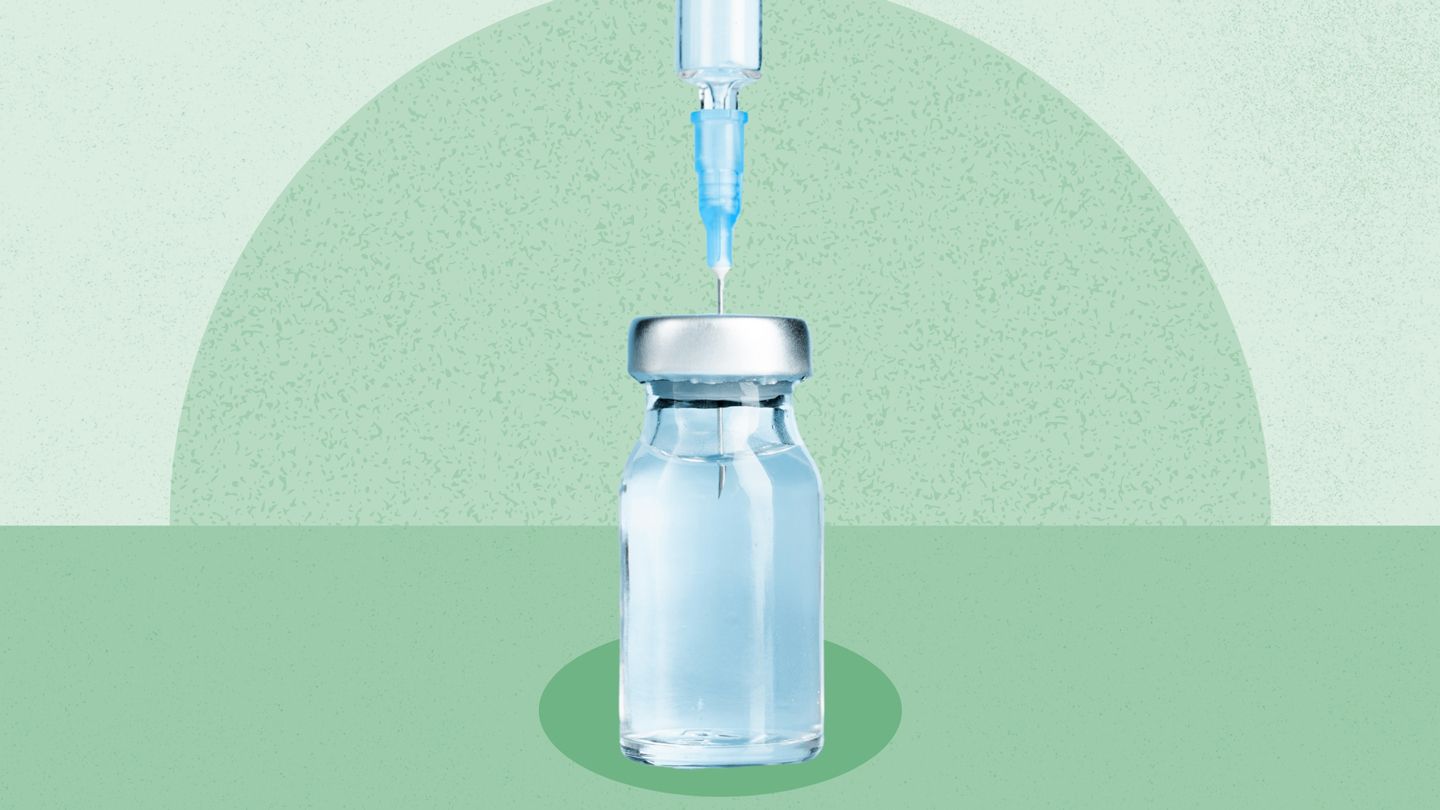NPH insulin is considered inferior to newer basal insulins, but some people still use it because they’re comfortable with the familiarity of it. It also is available in premixed formulations, which can be convenient.
“It can also be mixed with regular insulin in the same syringe and is well understood by many longtime users,” says Tom Wadsworth, PharmD, an associate professor and the dean of L.S. Skaggs College of Pharmacy at Idaho State University in Pocatello.
NPH insulin is also available in pharmacies without a prescription, but you won’t find it on the store shelves: You need to ask the pharmacist for it. Because it’s more affordable and accessible, some people who use insulin to manage diabetes use it as a backup option if they find themselves without access to their usual supplies.
If you’re switching between NPH insulin and a newer long-acting insulin, you will need to adjust your dosage and injection timing. NPH insulin should only be used under the care of a diabetes healthcare provider
Read the full article here




